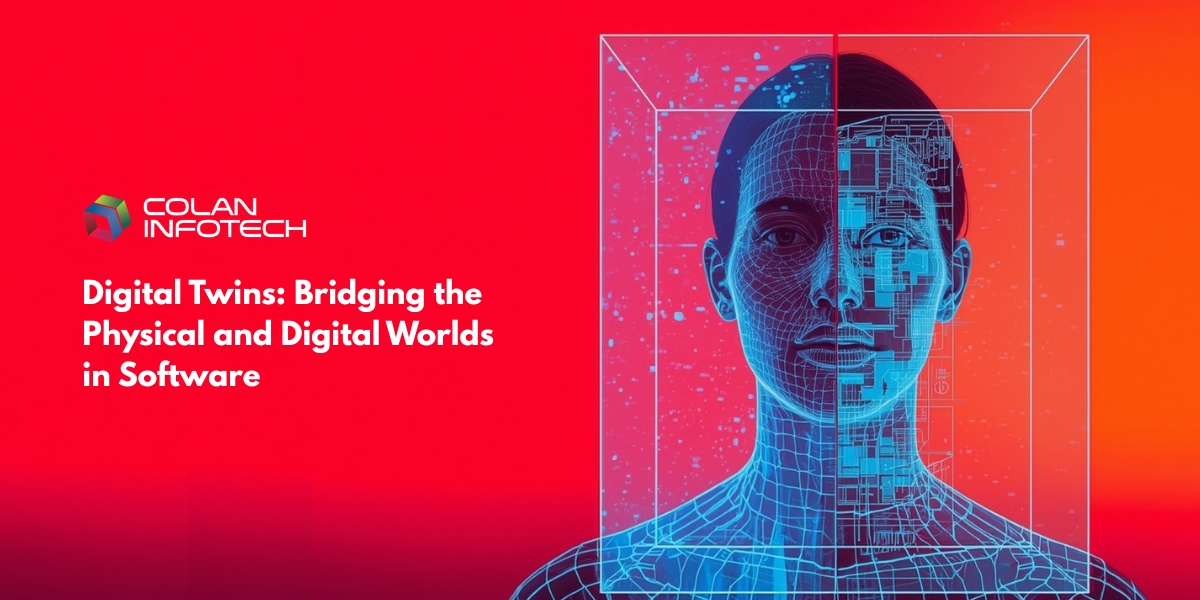How Can ChatGPT Improve Chatbot and Virtual Assistant Technology to Enhance User Experience?

4 min read | By Postpublisher P | 20 April 2023 | Technology
We humans have been fascinated with machines for centuries, and the desire to communicate with them is not new. With all this craze, can’t we all agree that we are waiting to experience something similar to a science fiction movie in our lifetime?
Today we have come a long way—we’re interacting with machines in our everyday lives. Though not so dramatic as in movies, our exposure to these machines is increasing daily through different platforms. And specifically, the world is now witnessing the rise of conversational AI technology and chatbots.
Unlike previous forms of human-machine communication, which were typically one-way (giving commands), conversational AI allows a natural and two-way exchange of information. More or less, it’s like speaking to a human. With further advancements, it might even blur the difference between a human and machines.
What is Conversational AI Technology?
Conversational AI technology is a computer program that can process natural language conversations with users. Various channels like chatbots, virtual assistants, messaging apps, or voice assistants are used to serve this purpose.
Technologies:
They are powered by various AI technologies, such as Natural Language Processing (NLP), machine learning algorithms, speech recognition, rule-based systems, and neural networks to understand and respond to user requests in a way that simulates human-like conversation.
How do they work?
- Natural Language Processing (NLP) is the technology that enables machines to interpret human language. It can break down human language into smaller components like words, phrases, and sentences to determine their meaning.
- Machine learning allows machines to learn from data and improve their performance over time. Conversational AI technology uses machine learning algorithms to understand user input and generate appropriate responses.
- Speech recognition technology allows machines to interpret spoken language. The sound waves of human speech are converted into text with these algorithms that are further analyzed with machine learning, natural language processing, and text mining.
Use Cases:
Chatbots are a typical example that is designed to simulate human-like conversations through text or voice interactions. They can be used to assist in a variety of roles, such as customer service, sales, marketing, & personal assistance.
GPT-3 Architecture and How it Differs from ChatGPT:
GPT-3 is a deep learning model that uses a transformer-based architecture to generate human-like text. A transformer is a type of neural network architecture that is used for NLP tasks like language translation, text generation, text mining techniques, etc.
The architecture of GPT-3 consists of multiple layers of transformers that can process sequences of data, such as words or sentences, and generate outputs based on learned patterns. The OpenAI GPT-3 chatbot architecture includes 175 billion parameters, allowing it to render text in various languages and contexts.
Whereas ChatGPT:
ChatGPT is an API built on GPT-3, designed explicitly for creating chatbots and virtual assistants. Chatgpt API includes pre-trained models that are fine-tuned for understanding and responding to user requests in a natural and conversational way.
The ChatGPT architecture is similar to that of the GPT-3 chatbot but with modifications to make it more suitable for chatbots and text mining applications.
Impact of ChatGPT in Various Industries:
Chat GPT API use cases are vast, making people awe within a few months of its release. A few examples that had a real-life impact on different industries are listed below:
- Marketing & Sales: The impact of ChatGPT is greatly felt in the marketing and sales industries by developing chatbots or virtual assistants that can engage with customers in a more personalized and effective way. It can guide customers through the sales process to increase customer satisfaction, reduce customer support tickets, and improve sales conversion rates.
- Programming: Used in programming to improve the efficiency and accuracy of coding. It can suggest code snippets and provide feedback on syntax and structure. This helps developers save time, improve their code quality, and reduce the learning curve for new developers.
- Healthcare: ChatGPT-based virtual assistant could help patients monitor their medication or provide information on health conditions and symptoms.
- Education: Build virtual tutors to help students learn and practice new concepts, practice speaking a foreign language, or provide feedback on a writing assignment.
- Financial Services: It could help customers track their expenses, provide financial advice, and help them make investment decisions.
- eCommerce: Business owners can help customers easily find products, provide recommendations based on their preferences, and answer questions about shipping and returns. This can improve customer satisfaction significantly.
- Travel: Help travelers plan their trips and navigate the travel experience. These virtual assistants could help travelers find the best flights, hotels, and activities based on their preferences and budget.
- Gaming: ChatGPT is used in the gaming industry to create more immersive and engaging experiences for players by guiding players through a game, providing tips, respond to players’ questions and requests.
Difference between OpenAI Playground Chatbot and ChatGPT:
| OpenAI Playground Chatbot | ChatGPT |
| Designed primarily as a demo and educational tool for users to experiment it. | Intended for use in real-world chatbot applications. |
| A pre-trained model with fixed capabilities and responses. | Allows developers to customize the responses based on specific needs and train the model further on their own data. |
| It is a standalone web-based tool that users can interact with through a web interface. | It is an API that developers can integrate into their own chatbot applications. |
| Users have limited control over the model’s responses and can’t customize its behavior. | Developers have more control over the model’s behavior and can fine-tune it. |
| Not intended for use in production applications. | Designed to be integrated into real-world chatbot applications and is optimized for production use. |
How to Use GPT-3 API?
Using the GPT-3 API requires some technical expertise and knowledge of programming. Here’s the step-by-step process:
- Create an account: Create an account with one of the supported providers, such as OpenAI.
- Obtain an API key: Once you have an account, you need to obtain an API key, which will allow you to access the API. The API key is a unique identifier that is used to authenticate your requests to the API.
- Choose a development environment: Choose a development environment in which to use the API. There are several options available, including Python, Node.js, and Java.
- Install the API client: Depending on your chosen development environment, you may need to install an API client, which is a software library that provides a convenient interface for making requests to the API. Most API clients are available as packages that can be installed using a package manager.
- Make API requests: Once you have set up your development environment and installed the API client, you can start making requests to the API. To use the GPT-3 API, you typically need to provide a prompt or context, which is used to generate a response. The API will then generate a response based on the provided prompt and return it to your application.
To Wrap Up:
ChatGPT has tremendous potential to revolutionize the chatbot and virtual assistant industry by enabling more natural and engaging interactions between users and chatbots. The ability to generate contextually relevant and personalized responses to user input that creates a more human-like conversational experience will transform many industries and job roles.
Let us know in the comments how conversational ai technology is helping your business flourish.
The latest from our editors
Join over 150,000+ subscribers who get our best digital insights, strategies and tips delivered straight to their inbox.


